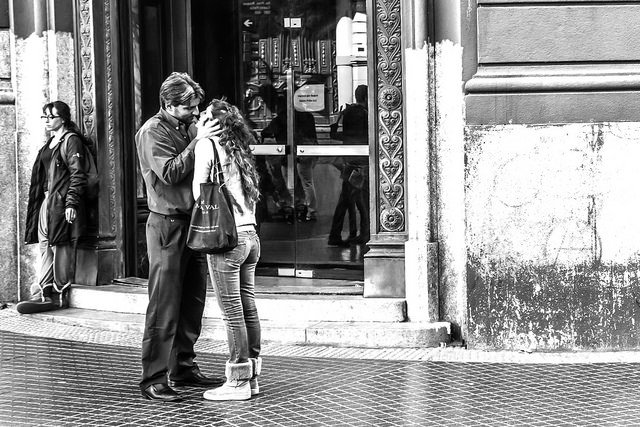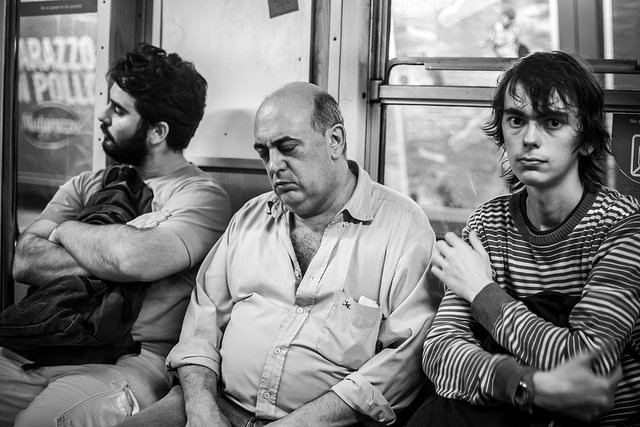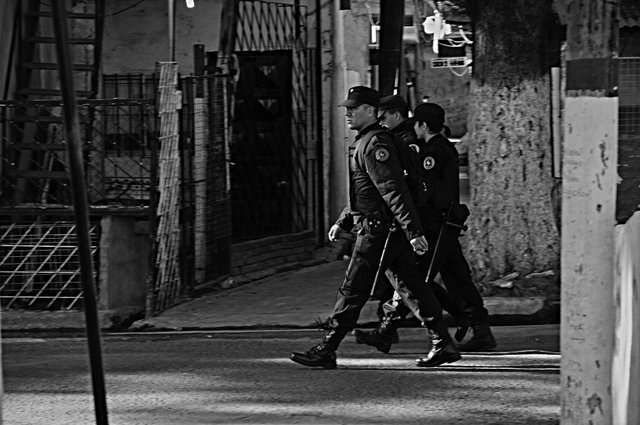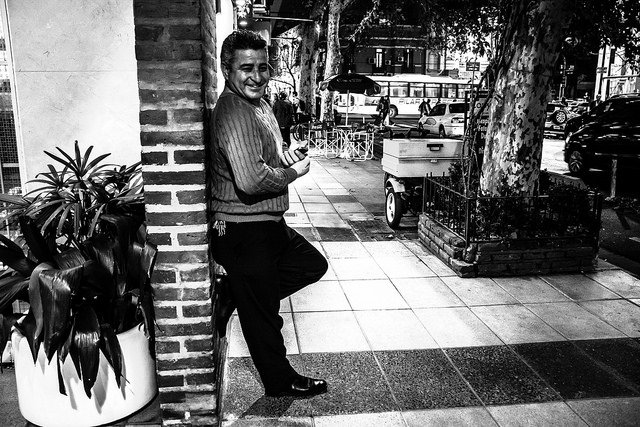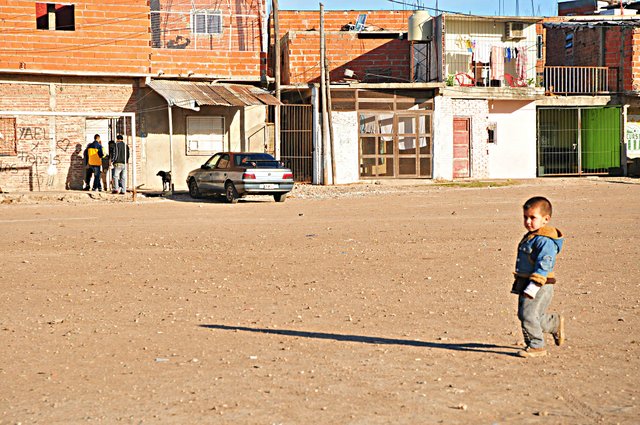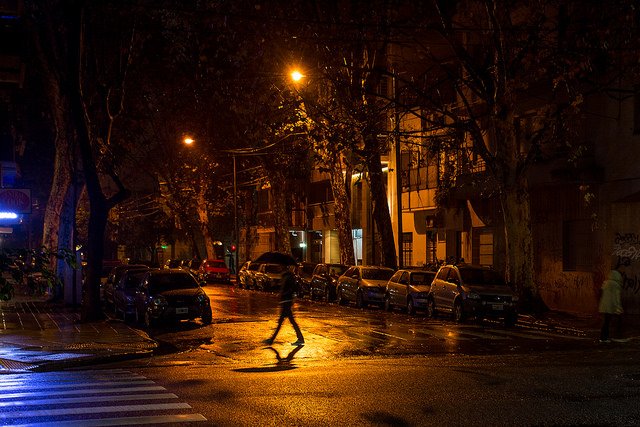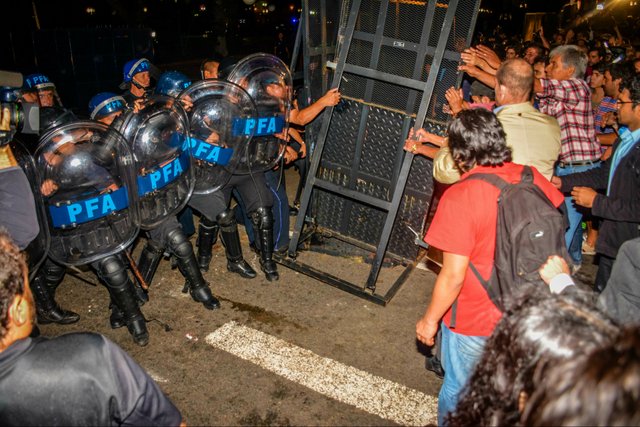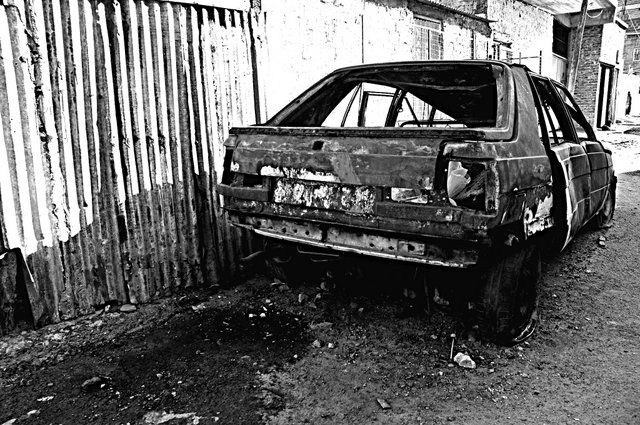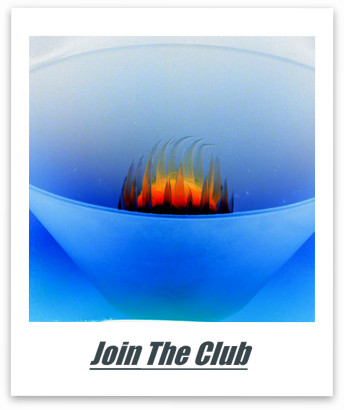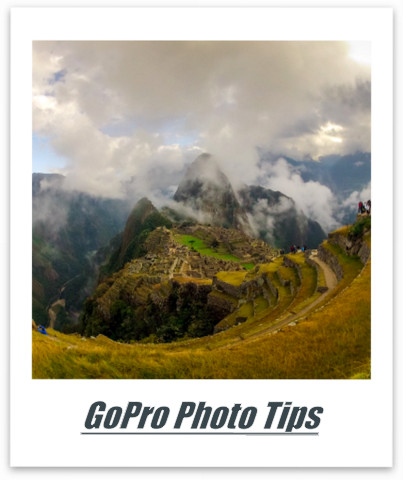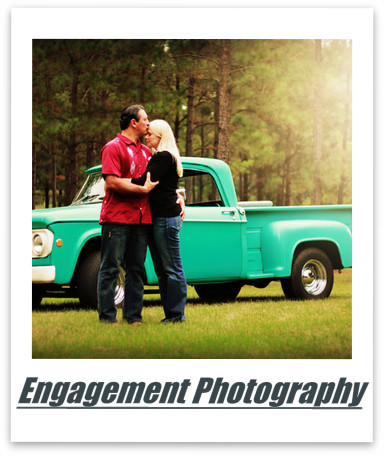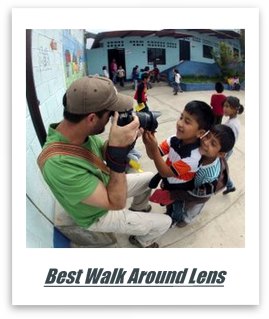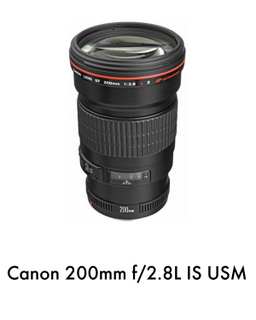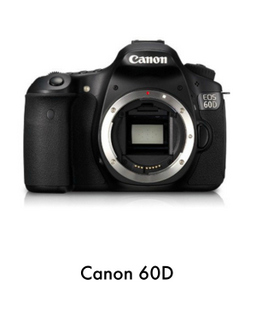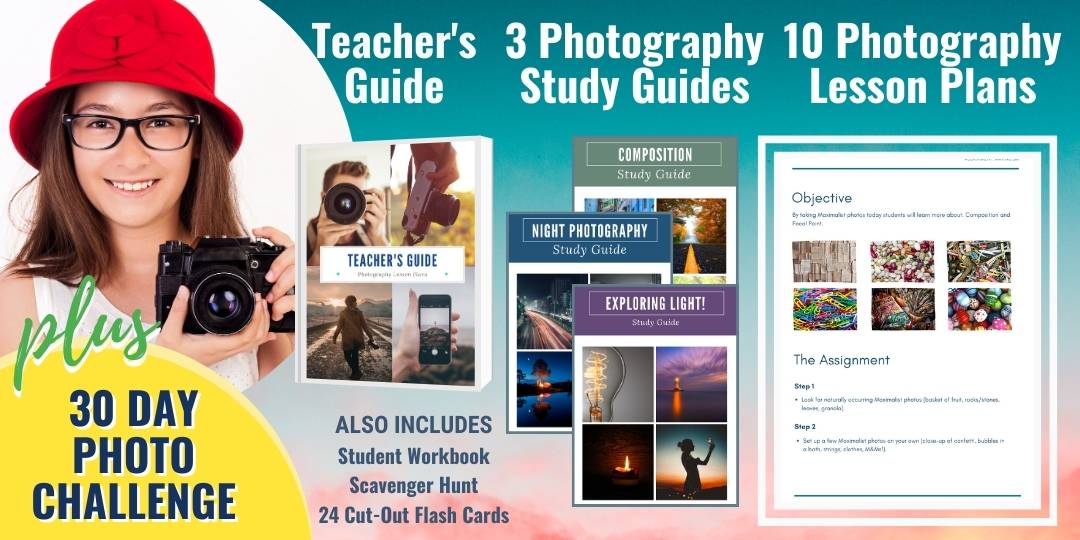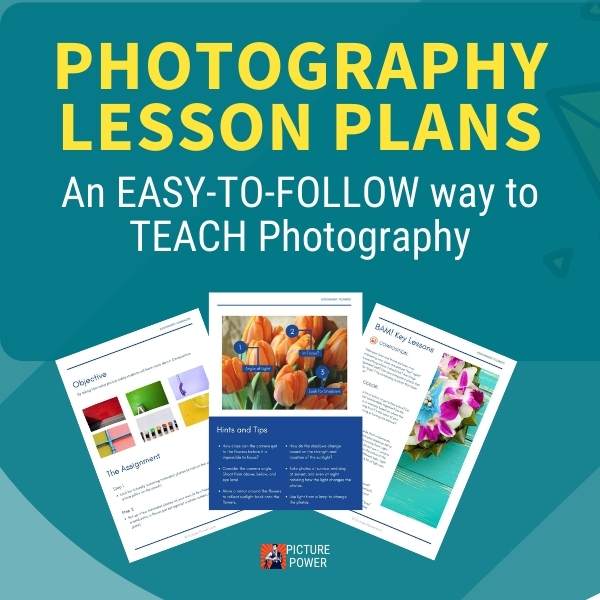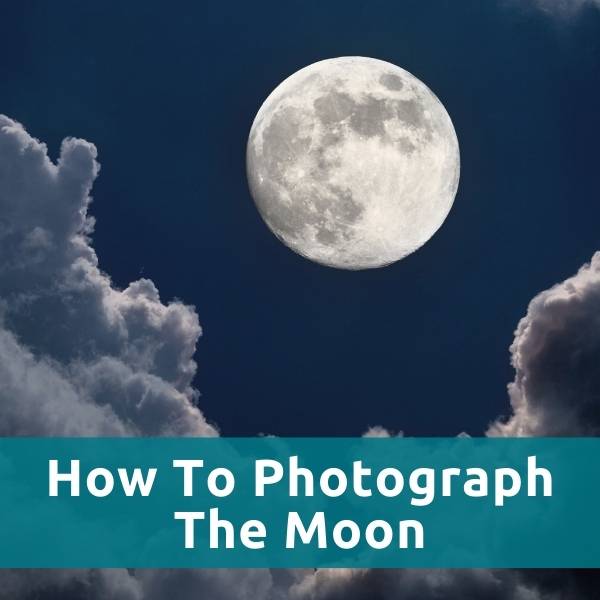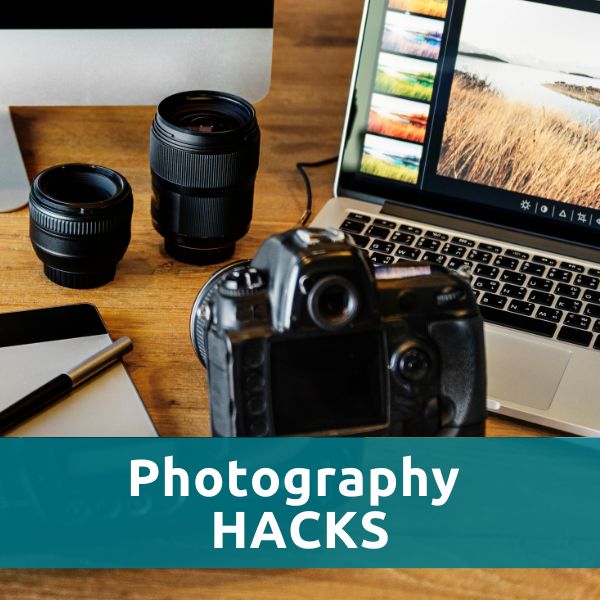9 tips to great street photography: Even some you've never thought of
Tips and Photography by Jerry Nelson
Street photography is messy. It is demanding. And it can be scary.
At the same time, it is gratifying when you see the results of your hard
work. Street photography demands that you be 110%
in the moment. The average rate of successful shots is somewhere around
1% — or less.
Loaded with patience and persistence, the difference needed to
succeed shows up.
Here are nine steps I take each time I step into the street.
gear distractions
Other than fisherman, photographers are possibly the worst about picking
up every gadget in the shop. Keep the gear to a minimum. It’s hard to focus on
what matters if you’re concerned about switching lens and fiddling with
filters.
Pick one camera and lens combo and stick to it long enough to master it
so that it can be used instinctively on the streets. No one knows how many
great shots have been missed because the photographer was too busy fidgeting
around with the gear.
Keep the camera with you
No one knows when something interesting will happen. The best opportunities always come when least expected. Besides just having the camera ready when that once-in-a-year image comes along, keeping the camera with you will also help train your eyes to spot potential shots.
The secret to becoming a great photographer is to take many photographs. If you don’t keep the camera within arm’s length, it’s impossible to take the number of shots needed to improve your skill.
read and visit
Looking for inspiration? Don’t limit your reading to photography books.
Every art influences every other art. Reading great literature and visiting a
range of art museums can help you see things differently as well as broadening
your mind and sharpening your vision.
Don’t worry about getting caught up in
the mind-numbing game of trying to figure out was that painting finished in the
artists notorious “blue” period. Keep it simple.
Find art that you like and then analyze it to find out why YOU like it. Is it the framing?
Do the colors match – or contrast – in some interesting way? Once you’ve answered these questions, then it’s time to hit the street and see if you can re-create it with the same thought process when you were examining the original.
create your luck
Luck is an important ingredient in street photography. But luck isn’t free. Be tenacious and patient if you want to find luck in the concrete canyons. The harder you work, the luckier you’ll get.
It’s easy to get fooled into thinking you’re working if you’re setting at the sidewalk café watching people go by.
That’s not work. That’s an enjoyable, lazy afternoon.
Walk around your neighborhood and imagine that you are a visitor seeing it for the first time.
Try different angles. Lay on the ground and shoot. Stand on top of a rock wall.
The harder you work at thinking outside of the box, the luckier you’ll get.
work the scene
When you’ve found that unfolding scene, don’t stop with just one shot.
Take plenty. Move around, try different angles. Even when you know you’ve got
“the” shot, take more. An unexpected element can always enter the scene.
Often, when I’m in the street shooting, I’ll turn and face the flow of the crowd. I catch people’s expressions as they come towards me.
See how many ways you can photograph the same person as they’re engaged in their newspaper or a conversation.
trust the instincts
Street photography is not a scientific production. Intuition combined with trust will reveal something amazing just around the corner.
No amount of reading can increase a photographer’s intuition.
Intuition is not something that can be learned – or taught. It comes from spending time with your camera, staying in the street, working the angles and all of the other tips here.
watch
Be observant and learn how to expect things. Finding the best position or anticipating someone’s gestures only comes from being observant. Find an interesting background and frame it. Then patiently wait until someone walks through the frame.
Look “downrange.” Instead of watching people within 10 – 15 feet of your position, look further afield. Start people watching when they are in the 25 – 50 feet range. This helps early spotting of interesting characters and interesting scenarios that are developing.
be obsessed
In a positive way. Obsession will make you walk more, persist more and
look around more. In the end, it’s all about loving what you do — not just
liking it, a lot. If you love it, then this positive obsession will be yours.
Never be satisfied with the shots you get on the street. Keep pushing
for better, more interesting shots. You’re not in a contest with anyone – just
with yourself. Strive to make today’s shots better than yesterdays and
tomorrow’s better than the ones you go home with today.
train the eyes
It’s not the size or cost of the camera that makes a difference. It’s
the photographer’s eye. The photographer’s vision. Studying the masters reveal
how they see and arrange frames.
With enough practice – and “enough” varies from person to person, you’ll
find that your eyes are constantly scanning the urban-scape looking for
potential images. Remember when you were in high school typing class? After a
few weeks you noticed that, in your mind, your fingers would start tapping
words as you read.
When your eyes reach the point where they are framing and composing images on their own, even before lifting the camera, then you know you’re well on your way to being the next great street photographer.
These are just some of the important aspects of street photography. The
most important, and the glue that holds it all together, is passion.
If you love street photography and make time for it, you’ll walk miles, wear
out shoes. If you persist and face the good, and bad, days with conviction that there is nothing else in life
you’d rather do.
about the author
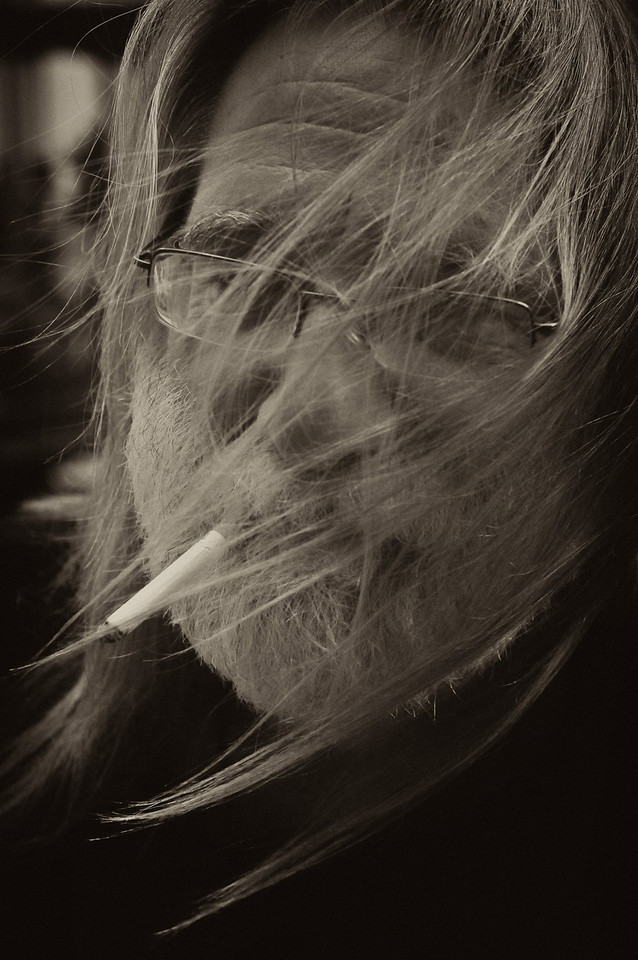
Jerry Nelson is an American freelance photojournalist. Currently on
assignment in South America, Jerry is always interested in discussing future
work opportunities. Join over half-a-million who follow him on Twitter.
